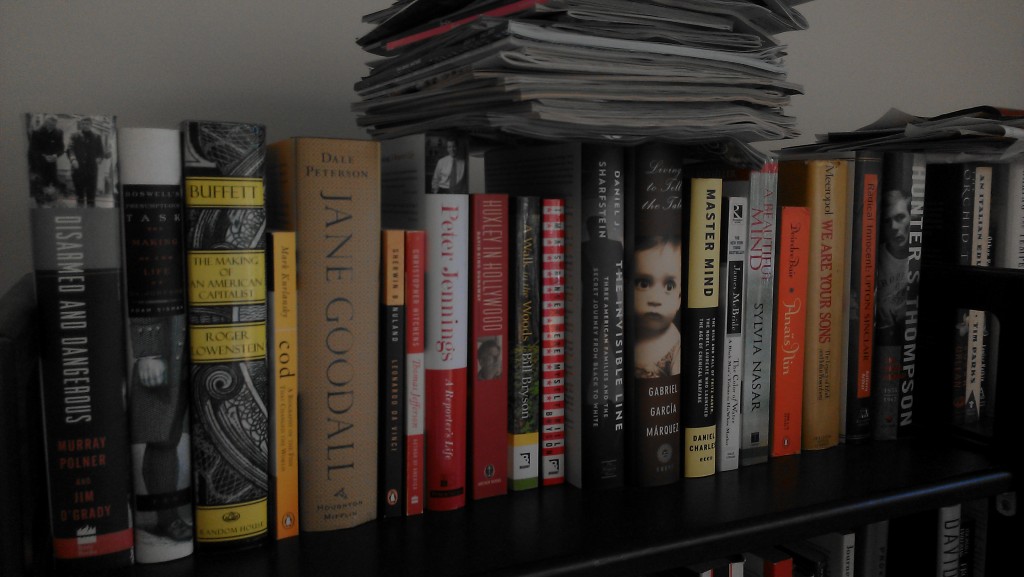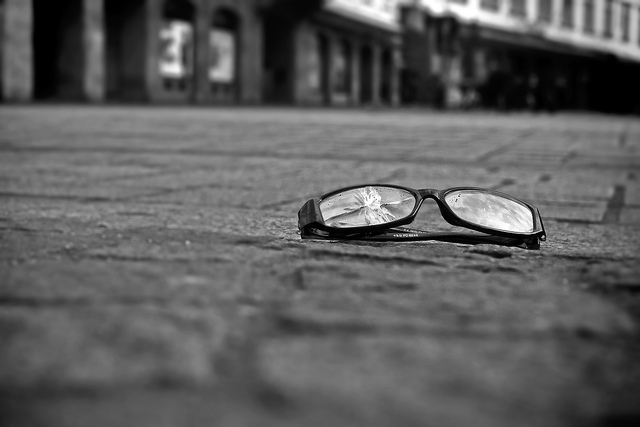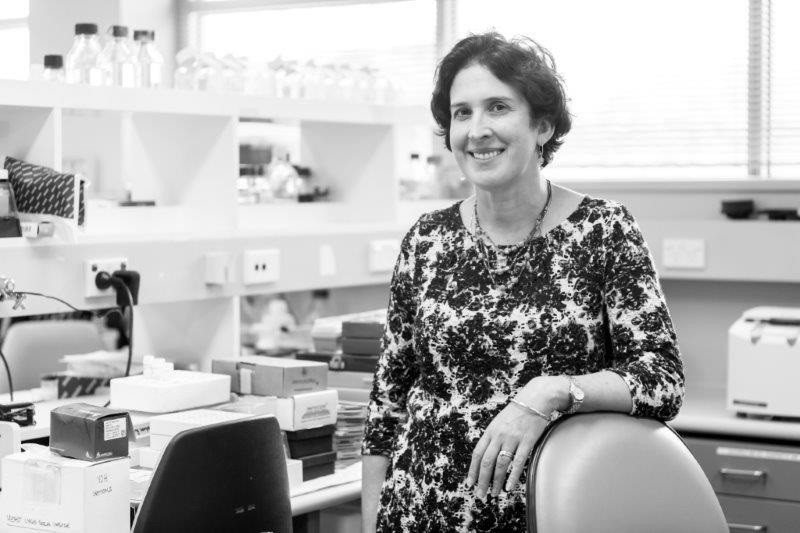 Before we present this week’s Weekend Reads, a question: Do you enjoy our weekly roundup? If so, we could really use your help. Would you consider a tax-deductible donation to support Weekend Reads, and our daily work? Thanks in advance.
Before we present this week’s Weekend Reads, a question: Do you enjoy our weekly roundup? If so, we could really use your help. Would you consider a tax-deductible donation to support Weekend Reads, and our daily work? Thanks in advance.
The week at Retraction Watch featured a publisher error that led to eight withdrawals; a paper on the benefits of tea whose cup overflowed; and a paper that seemed to have everything wrong with it. Here’s what was happening elsewhere: Continue reading Weekend reads: Lancet cardiac stem cell paper retracted; predatory journals pivot to video and get stung; reviews that cite retracted papers
 We have news of two upcoming retractions, both following critiques on PubPeer.
We have news of two upcoming retractions, both following critiques on PubPeer. Researchers in China have retracted a 2016 paper in Oncology Letters on the anti-cancer properties of aspirin because, well, it was a disaster from top to bottom.
Researchers in China have retracted a 2016 paper in Oncology Letters on the anti-cancer properties of aspirin because, well, it was a disaster from top to bottom. 

 Publishers love their
Publishers love their 

 When Venkata Sudheer Kumar Ramadugu, then a postdoc at the University of Michigan, admitted to the university on June 28 of last year that he had committed research misconduct in a paper that appeared in
When Venkata Sudheer Kumar Ramadugu, then a postdoc at the University of Michigan, admitted to the university on June 28 of last year that he had committed research misconduct in a paper that appeared in